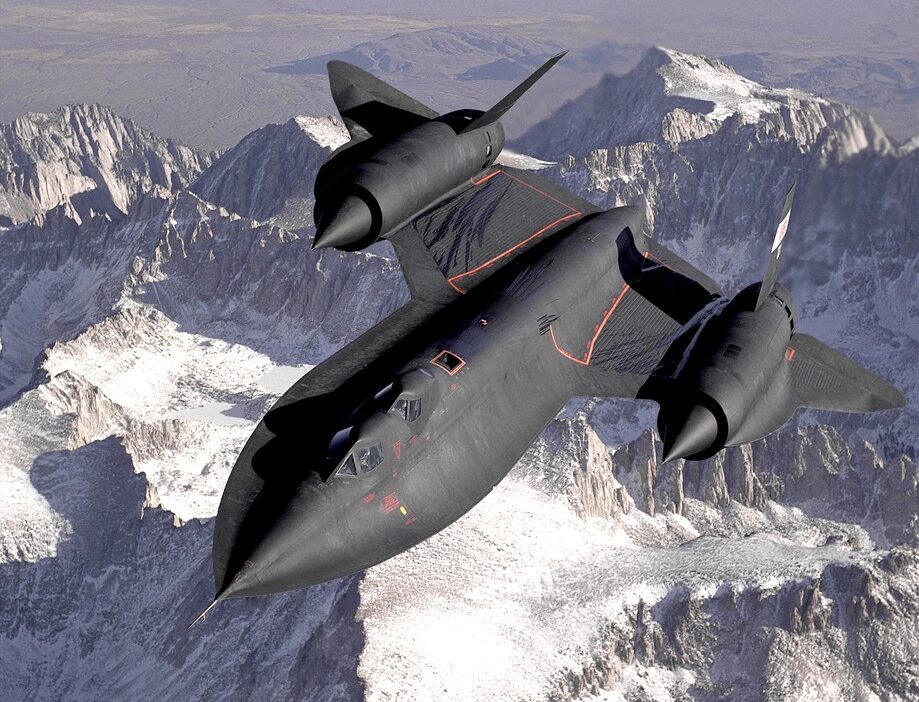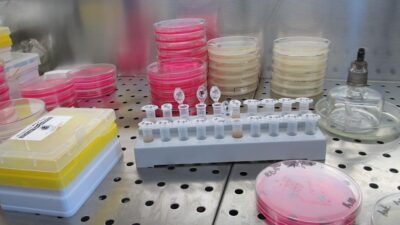Green Skies Ahead: Advances in Sustainable Aviation and Eco-Friendly Aircraft
The aviation industry is at a pivotal moment in its history, facing an urgent need to reduce its environmental footprint. As air travel becomes increasingly popular, the demand for sustainable practices has intensified. Grounded in innovation and necessity, the advancements in sustainable aviation and eco-friendly aircraft are paving the way for greener skies.
The Urgency of Change
Aviation accounts for about 2-3% of global carbon emissions, a figure that is expected to rise drastically as air travel continues to grow. The impact of climate change is irrefutable, leading industries worldwide to adopt sustainable practices. In aviation, this has manifested in a multifaceted approach involving alternative fuels, improved aircraft designs, and regulatory frameworks aimed at minimizing environmental impact.
Sustainable Aviation Fuels (SAFs)
One of the most promising developments in sustainable aviation is the use of Sustainable Aviation Fuels (SAFs). These alternative fuels are derived from various sources, including agricultural waste, used cooking oil, and even carbon captured from the atmosphere. SAFs can reduce life-cycle greenhouse gas emissions by up to 80% compared to traditional jet fuels.
The adoption of SAFs is gaining traction, with major airlines committing to integrate these fuels into their operations. For instance, British Airways and KLM have made significant strides in testing and utilizing SAFs. Furthermore, partnerships with producers and governments continue to foster the scaling-up of SAF production, making a low-carbon future a closer reality.
Electric and Hybrid-Electric Aircraft
Another exciting frontier is the development of electric and hybrid-electric aircraft. Companies like Pipistrel and Heart Aerospace are leading the charge in designing fully electric planes aimed at short-haul flights. These aircraft promise to drastically reduce noise and emissions, making air travel more sustainable and accessible. Hybrid-electric systems, which combine conventional engines with electric propulsion, offer an interim solution by improving fuel efficiency and lowering emissions.
Recent advancements in battery technology are vital for the success of electric aviation. As battery density improves, electric flight becomes more viable for longer distances. Industry collaborations and investments are pivotal in fast-tracking research and development in this area, bringing us closer to a world of electric skies.
Aerodynamic Innovations
Aircraft design has also evolved to enhance fuel efficiency. The implementation of innovative aerodynamic features, such as winglets and improved fuselage designs, significantly reduces drag, thereby improving fuel consumption. Moreover, materials science plays a crucial role, with the use of lightweight composites allowing for the construction of more fuel-efficient airframes.
Additionally, advanced computer simulations and wind tunnel testing have revolutionized the design process, enabling aerospace engineers to refine and optimize aircraft before they ever take to the skies. This data-driven approach leads to not only more efficient aircraft but also increased safety and operational capabilities.
Policy and Industry Collaboration
The shift towards sustainable aviation is not merely a technological challenge; it is also a policy and economic one. Regulatory bodies like the International Civil Aviation Organization (ICAO) are establishing frameworks to support the transition to sustainable practices in aviation.
Moreover, collaboration between governments, research institutions, and companies is essential. Initiatives like the European Union’s Green Deal and U.S. infrastructure investments aim to support sustainable aviation research and the development of necessary infrastructure. Such partnerships ensure that innovations are not only developed but widely adopted.
The Road Ahead
While the aviation industry faces many challenges ahead, the strides being made in sustainable aviation and eco-friendly aircraft are encouraging. The horizon is filled with potential, marked by cleaner skies and a commitment to reducing harm to our planet.
As we look forward, the responsibility lies not only with manufacturers and airlines but also with customers. Consumers are increasingly aware of their environmental impact and are seeking out companies that prioritize sustainability. The demand for greener options will continue to drive industry innovation, ensuring that we are on a path toward a more sustainable future in aviation.
In conclusion, the future of aviation is looking exceptionally bright with sustainable initiatives leading the charge. The skies ahead may indeed be green, promising not just improved travel but a healthier planet for generations to come.

